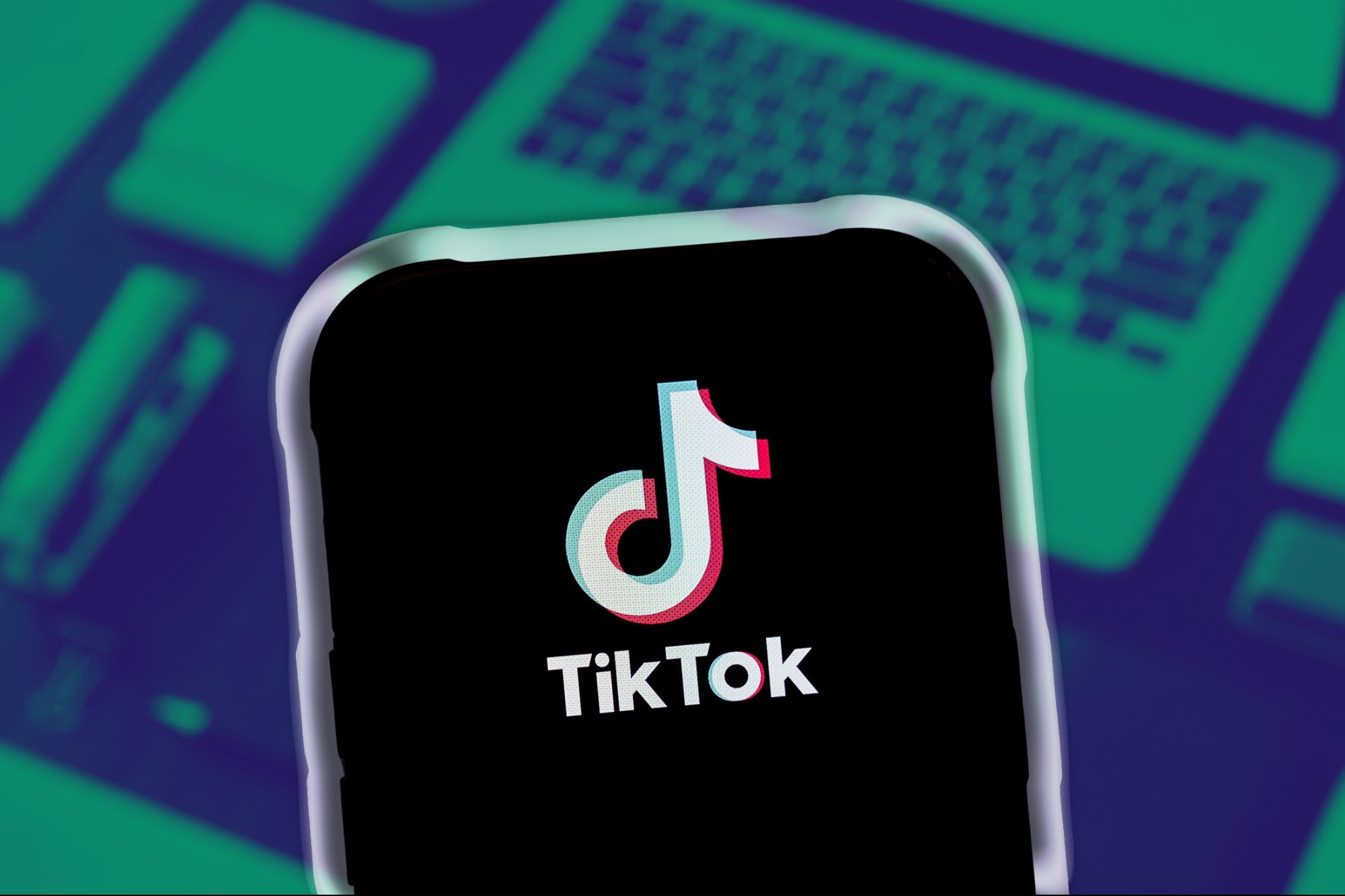Instead Of Immediately Firing An Employee Who Publicly Screws Up, Pause and Stand By Them Leaders who don't give second chances create cultures of fear, blame, and retribution.
Opinions expressed by Entrepreneur contributors are their own.
You're reading Entrepreneur Europe, an international franchise of Entrepreneur Media.

A stellar team member of mine recently found herself in the media crosshairs when an unfortunate business action that the employee took over 10 years ago was discovered and publicized. To stanch a possible flow of critical news coverage about the incident that could potentially damage our organization's internal morale as well as marketplace standing, I had a choice to make as the President: fire the employee to help the negative noise dissipate — or keep the employee, take a breath, and be prepared for any barrages that came our way.
Related: Difficult but Sometimes Necessary: How to Fire an Employee
I chose the latter route, and I'd highly recommend that my fellow leaders do the same.
An example of how clumsily succumbing to a swarm of antagonistic voices can become a bigger problem than the initial indiscretion was seen recently at Hamline University in St. Paul, MN.
According to Minnesota Public Radio News:
"A lecture in a Hamline University art history class last fall has become the subject of a heated debate over academic freedom and religion.
In October, an adjunct professor showed her students a slide of a 14th-century painting of the Prophet Muhammad. (The painting is housed at the library of the University of Edinburgh — which is my alma mater — and there's also a copy of it in the Khalili Collections in London.) Many Muslims believe images of the prophet should not be viewed or created.
A Muslim student in the class later complained about the lesson, and Hamline administrators sent a campus-wide email calling the incident "undeniably inconsiderate, disrespectful and Islamophobic."
The professor in question was immediately fired by Hamline University — and that's when the schools' problems really ramped up.
The Muslim Public Affairs Council published a statement urging the reinstatement of the professor. The national arm of the Council on American-Islamic Relations also had problems with the professor's firing. Most recently, the professor has launched a federal lawsuit against Hamline University alleging religious discrimination, reprisal, and defamation.
To see the latest about this brouhaha, which was completely avoidable if less reflexive and more prudent choices had been made by the school, check out the growing list of links about it under Google's News tab. Be patient with your scrolling and clicking, the negative coverage about Hamline's rash decision goes on for over six pages.
Another important — and complex — area where I endeavor to be patient is my team members' social media posts.
If one of my employees posted something in the past that doesn't align with my organization's current values and he/she now understands that it was inappropriate, I let the issue go and move on. The life lesson that he/she learned from the experience will become valuable for everyone from the C-suite on down.
If an employee posts something now that's of questionable taste but wasn't intended to offend, I'd back him/her up if an uproar arises. I'd also make sure that he/she grasps the deleterious effects of his/her actions and doesn't repeat them in the future.
If a current employee posts an insensitive or nasty message that creates a storm of internal ill will as well as bad publicity for our organization, I'd bring in an HR consultant to help guide the situation. This professional would not be emotionally attached to the situation or outcome, and I'd follow the advice that's given to find a proper balance between fairness to my team member and awareness of the adverse workplace/marketplace results of his/her indiscretion.
Related: 4 Ways to Stay Inspired When You're the Boss
Yet while I'm a staunch advocate for my team and their unforced errors, I'm not a pushover: if an employee posts messages on his/her social media channels that are filled with hateful rants or that condone violence, they'll be terminated immediately with no chance for a do-over.
Some great guidance about second chances for team members who err comes from Dan Rockwell's excellent blog "Leadership Freak". Examples of the superb advice that Rockwell offers include:
- Give second chances when you hear, "I screwed up."
- Leaders who don't give second chances create cultures of fear, blame, and retribution.
- Second chances and consequences go together. After falling short, higher accountability or more oversight may be appropriate.
Rockwell's advice is clear, concise, and makes complete sense. It's an excellent starting point for managers who aim to be viewed as wise and even-handed by their teams.
Related: How the UK Has Set its Sights on Becoming a Fintech Haven in the Wake of Brexit
If an employee blunders and his/her gaffe is in the news, it's understandable, convenient, and easy for a manager to immediately push the panic button and axe the offender. However, it takes much more discipline to wait, gather the facts, and seek to leverage the mistake as a teachable moment that will benefit your entire organization. The internal perception of you as a reasonable manager will be established, and the slip-up in question will likely not be repeated by other team members.













